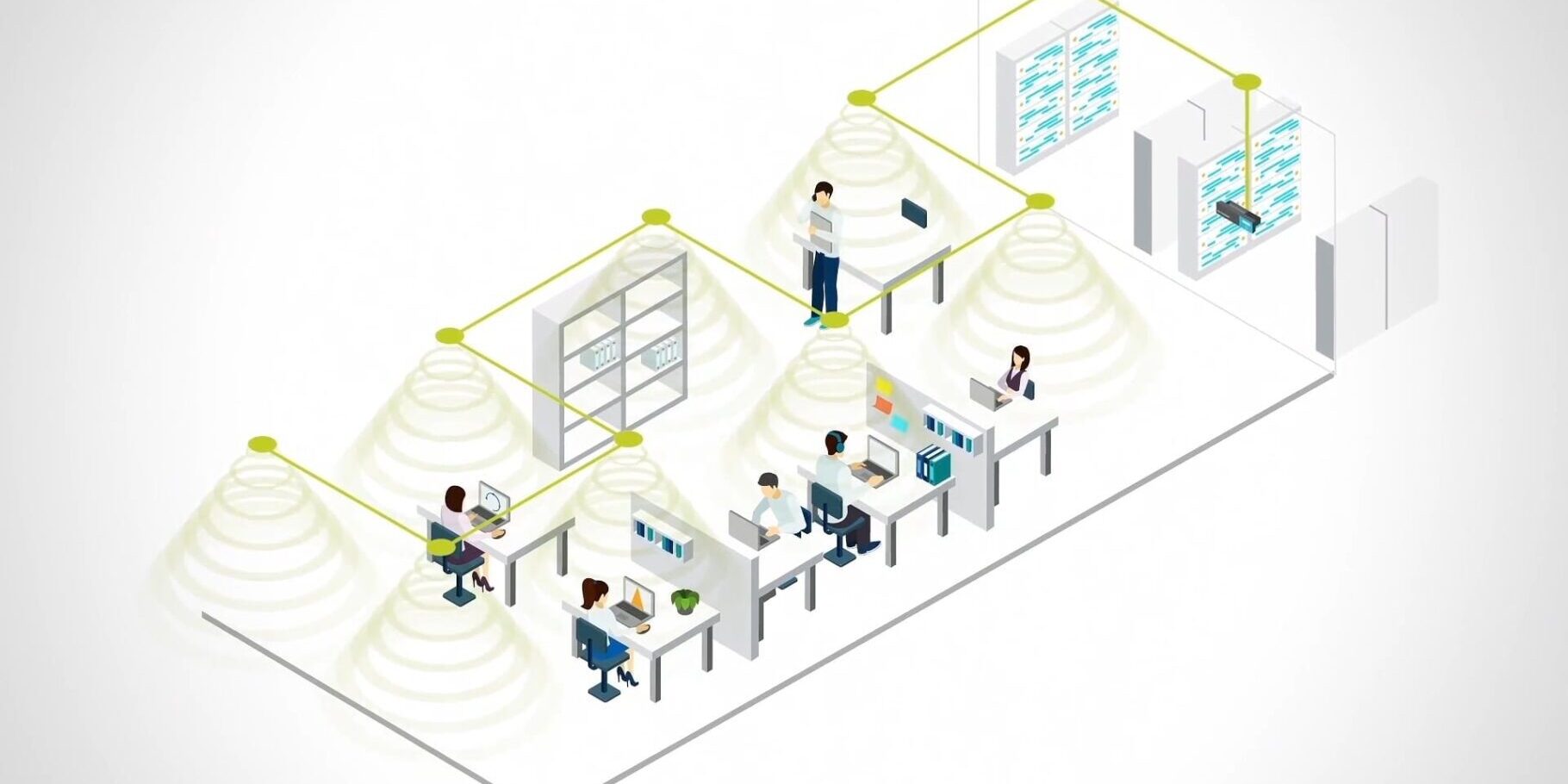With medicine evolving every second, the space and facility it occupies has to evolve with it as well. New and improved technology will transform any medical facility or space into an enjoyable and efficient environment. According to a report from Mercom Capital Group, funding for Digital Health and Healthcare IT has increased to a record high of $4.4 Billion quarter two of 2018¹. In other words, there is a massive advancement in technology implementation in healthcare. Let’s see what are some of the benefits that AV technology has on healthcare:
One of the major concerns in any hospital or medical facility is noise, which hinders privacy and communication. The HIPAA privacy policy enforces the fact that all employers must “take reasonable safeguards to protect the privacy of protected health information.” ² Having loud sounds can cause professionals to speak over the noise, thus making information available to be heard by others nearby, which violates HIPAA policy unintentionally. In addition, the HCAHPS – the Hospital Consumer Assessment of Healthcare Providers and Systems Survey– provides scores to hospitals based on a variety of criteria, including “quietness of the patient environment.” Hospitals and medical facilities with low HCAHPS scores risk the loss of government funding and damaged reputation
Figure 1.0: The Healthcare Speech Privacy Crisis– Noise and havoc in a medical facility or hospital causes there to be privacy concern within each room of the medical facility.
In Figure 1.0 above, it is clear that in each of the rooms, some sort of privacy needs to be attained in order to protect the patient’s rights and enhance their overall experience. Thus, it is crucial to have a space that is quiet and comfortable for both patients and employees to shy from a low rating and a violation to the HIPAA policy. To avoid this, sound masking uses a sound added with the same frequency of human speech to reduce background noise. Figure 2.0, below showcases and explains how the sound and distraction points are needed to be in the correct radius to mask sounds and keep conversations private in each room.
Figure 2.0: Distribution of Sound Masking in a Hospital Room- The engineered sound is projected out in the same direction as airflow and they are targeted within the radius of each room, so the conversations are blocked out from hearing in another room.
Not only does the noise affect conversations, but research has indicated that it can harm the health by disrupting needing rest during recovery. Night-time noise levels above 55 decibels can disturb sleep and even boost heart disease risk, so hospitals should be at 30 or below, the World Health Organization states³. The noise negatively impacts the health and recovery of the patient, but can also negatively degrade the health of the doctors, nurses, etc. These noise levels put more stress on the healthcare professionals trying to efficiently provide care for the community, which puts them at risk for many stress-induced illnesses. In addition, the noise levels can contribute to decreased efficiency of the working hospital environment, and what makes a good impact on the community is the outstanding care a hospital provides, but cannot be provided when noise hinders it.
How does sound masking work? Firstly, it is the process of adding a low level of unnoticeable background sound engineered to protect the privacy and reduce distractions by lowering the intelligibility of speech, creating a more comfortable environment. In the acoustic ABC’s of the design, sound masking adds to the “C” component (Cover), helping cover up the extra sound. In sound masking technology, speakers can be installed in the ceiling and as they point upward, the masking noise hits the deck and then goes down vibrating through the material into the workspace. The area , in which the noise is reduced by the sound masking is called the radius of distraction. In Figure 2.0, the radius of distraction would be the circumference in each room as indicated. The sound masking phenomenon is similar to talking while washing the dishes; the person washing the dishes sounds more hushed due to the added noise of the running water, masking the conversation, and indicating a radius of privacy for bystanders. The sound produced by the masking is tuned at a frequency that is barely perceptible. In essence, the combination of the audio system, absorbing, blocking, and masking the sound should give an ample amount of comfort in an environment and ensure privacy. In some cases, sound masking systems can be set to automatically adjust to the noise in the room, and can cater to a different mask level to increase efficiency.
With these benefits in mind, it is time to modernize healthcare and create a lasting positive impact on the world of healthcare and in turn, the community. Sound-masking implementation is only the first measure the community can make to improve the health system and provide adequate care for all.
For more information on how sound masking can impact the healthcare world and facility or for questions on implementation, please fill out the contact form below.
Works Cited:








